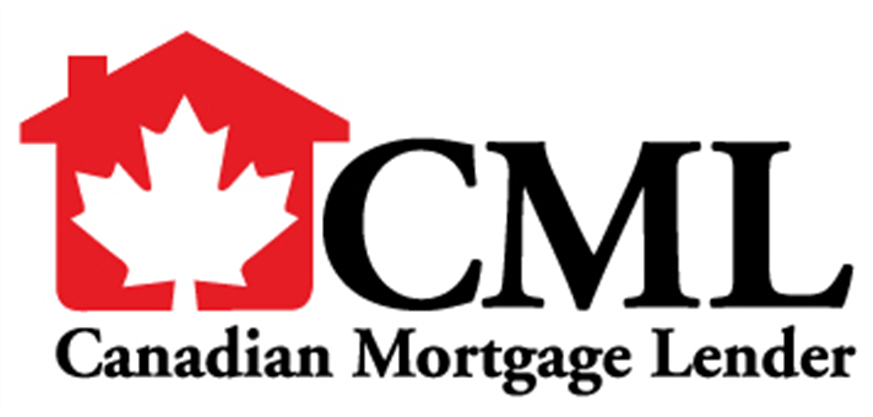
Chris Stewart
BROWSE
PARTNERSMortgage Affordability Ratios
8/10/2023
If you have ever obtained a mortgage or applied for one, no doubt you have heard the terms "GDS" and "TDS". The big question surrounding these two terms is; Do you know what they are, what purpose they are used and how critical they are within the underwriting process of a mortgage?
The term "GDS" actually stands for "Gross Debt Service" and "TDS" stands for "Total Debt Service" and together they formulate affordability ratios that are critical to the underwriting of a mortgage. They are the process of how a mortgage lender determines whether you are able to afford the mortgage or not. These two terms are calculations that yield a ratio between the application's overall income and the costs of the new mortgage as well as the total outstanding debt.
There are actually several factors and number analysis that goes into these two ratio calculations and they are never as straight forward as they seem but the simple calculations are as follows:
The Gross Debt Service Ratio is the sum of your total annual cost of the mortgage's principal & interest (PI) payment plus the municipality's property tax (T) plus the heat (H) for the home and plus any applicable condo fees (CF) divided by the annual qualifying income (QI) on the application. The formula is written as GDS = PI + T + H + CF / QI and generally can not exceed 39%.
The Total Debt Service Ratio is the sum of your total annual mortgage payments (PI), property tax costs (T), heat expenses (H), condo fees (CF) plus installment loan payments (IL), revolving account payments (RA) such as credit cards and other liabilities (OL) such as alimony, child support, etc divided by the annual qualifying income (QI) on the application. The formula is written as TDS = (PI + T + H + CF ) + IL + RA + OL / QI and generally can not exceed 44%.
These formulas look like pretty easy math formulas and on the surface they are but the defining of each value can be a bit complex and at times quite subjective. The qualifying income is not always the income written on the application as they are determined by how the income is earned. As an example, if an applicant is paid hourly, the confirmed income value is calculated based on the hourly rate and the guaranteed hours during a pay period as noted by the employer within the provided Employment Letter. Another way to calculate the hourly income across a year is to look at the previous two years of T4 Statements and use an average provided year two's income is higher than year one. As for the liability payments, a default of 3% of the outstanding balance is used for credit card payments, despite what a statement states.
As you can see, nothing is done as a straight forward process and this explains why us mortgage professionals request the supporting documentation that we do. We then dive into the documentation and extract the numbers that are acceptable to the potential lenders that we are considering. As with anything, not all lenders operate the same so the knowledge and understanding of what is deemed income and what is not on a per lender basis requires extensive knowledge to work through the application quickly.
As with almost everything in the financing world, there are lenders who provide enhanced & expanded ratios beyond the general 39% & 44% so Canadians who have peeked over these standards still have opportunities to secure their desired mortgage financing but within other required risk and measuring policies.
If you wish to explore your Affordability Ratios further and even dive into your mortgage application in detail to determine what mortgage a lender will approve for you, contact me as I would be happy to visit this with you.




























